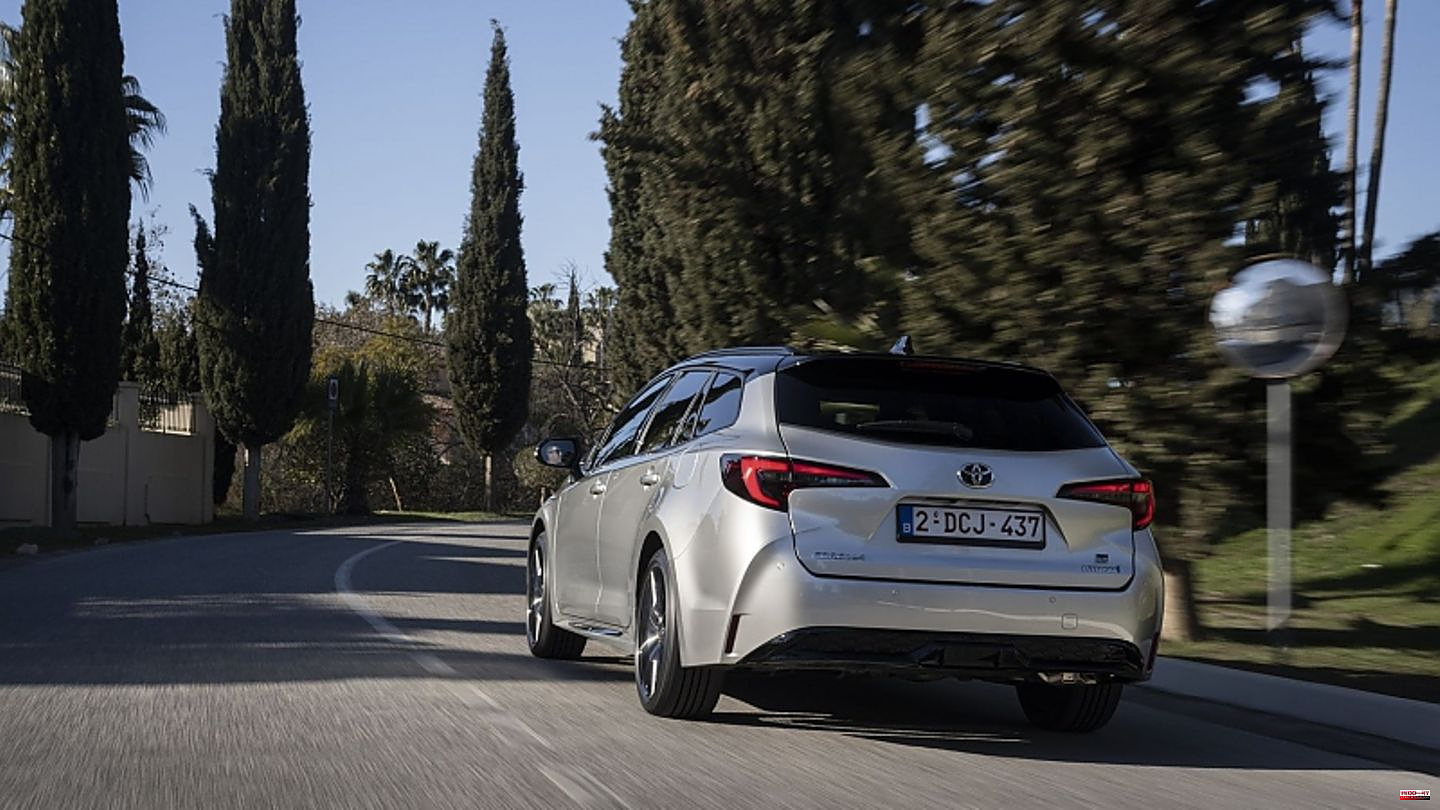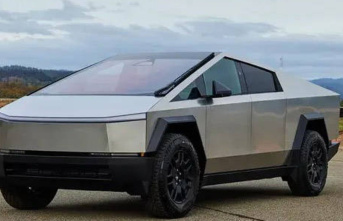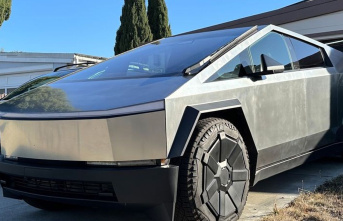With the Toyota Corolla, all is right with the world. In addition to the up-and-coming SUV Corolla Cross, the Japanese carmaker affords the luxury of variety by offering a station wagon (Touring Sports) and a classic hatchback variant. Anyone who now sings the tune of the tradition-conscious Asians is only partially correct. Because in Tokyo, too, the decisive factor is how many yen are ringing in the cash register. "We focus on the wishes of our customers and have the right car ready for every market"; explains chief engineer Yasushi Ueda and then adds pregnant with meaning: "We don't demonize any drive!" Well, that's not quite right, since there is no longer a thoroughbred petrol engine in the Corolla after the facelift, which is available from dealers in March.
The bread-and-butter Toyota always curves around the corner with a mild hybrid four-cylinder, when choosing the body shape, the Japanese product strategists follow German customs: 70 percent of all Corollas sold in this country are station wagons and 55 percent of them are Have 2.0 liter drive under the hood. A lot has happened here: instead of the previous nickel-metal hydride battery, a lithium-ion battery is used. This makes the battery 14 percent more compact, lighter and also 14 percent more powerful. Among other things, the power lines are now printed on a foil to reduce the weight. In order to get 9 kW / 12 hp more out of the electric motor, the technicians have revised the electronics, including the control unit. So the most powerful HEV variant now delivers 144 kW / 196 PS.
The muscle growth of the hybrid drive of the fifth generation also has a noticeable effect on the road, as the Japanese have also improved drivability, including the responsiveness of the unit. Especially since you can feel that there would be more if the engine could only do as it wanted. The eCVT transmission slows down the temperament of the engine. Especially when you quickly demand a lot of power, the speed indicator shoots up accompanied by a clearly audible whine, but the propulsion doesn't quite keep up. As long as you are walking with a light right foot or slowly increasing the pressure, the Nippon-Golf accelerates in one go. The driving performance is correspondingly the same: the Toyota Corolla Touring Sport completes the standard sprint from zero to 100 km/h in 7.5 seconds and 180 km/h is the end. Toyota specifies 4.7 liters per 100 km as the WLTP average consumption, we came up with 6.1 l/100 km on our first test drive.
For comparison, we examined the hatchback version with the 1.8-liter engine, i.e. now 103 kW / 140 hp, and came up with 5.6 l/100 km (WLTP standard consumption 5.1 l/100 km). Even with the weaker drive, you are definitely not an obstacle to traffic, you can also move forward relaxed, even if this engine struggles more with every acceleration than the more powerful engine. In addition, the wheelbase of the hatchback, at 2.64 meters, is six centimeters shorter than that of the station wagon, which, at 4.65 meters, is 28 centimeters longer than the hatchback. This is noticeable in the space available in the rear, which is significantly more generous in the Touring Sport, as well as in the trunk. The station wagon has a capacity of 581 liters, if you fold down the backrests of the rear seat, it becomes 1,591 liters (hatchback: 361 to 1,795 liters). In addition, the Touring Sport has a double floor leveling the loading sill and there is still plenty of space for all sorts of odds and ends in the secret compartment underneath.
In the interior, Toyota has finally renounced the baroque design. The interior with the 12.3-inch digital instrument cluster and the 10.5-inch touchscreen (both standard) looks modern. The haptic fan is pleased that parts of the dashboard are covered with foam-coated leather. The sports seats of the GR Sport equipment have a positive effect on long journeys, especially since you don't constantly slip back and forth in curves. Speaking of which: the Corolla does not pose any great puzzles to the driver when changing direction quickly. The station wagon, weighing 1,515 kilograms, behaves neutrally for a long time before the stern makes a friendly statement. The suspension is also not too soft, so that annoying teetering is mostly avoided.
When it comes to infotainment, the Toyota Corolla also offers something up-to-date: Apple CarPlay and software updates are possible wirelessly, while you need a cable for Android Auto. A lot has happened with the assistants: the Japanese engineers have also improved the front camera, which now looks twice as far into the distance with a wider angle to identify obstacles. Since Toyota attaches great importance to safety, systems such as front collision warning including emergency braking with pedestrian and cyclist detection, an exit assistant (warns of approaching cyclists), LED light with high-beam assistant, a reversing camera and adaptive cruise control are standard. However, this equipment basket comes with a yes-but pill. Compared to the pre-facelift model, the 2.0-litre Touring Sport is €5,390 more expensive.








